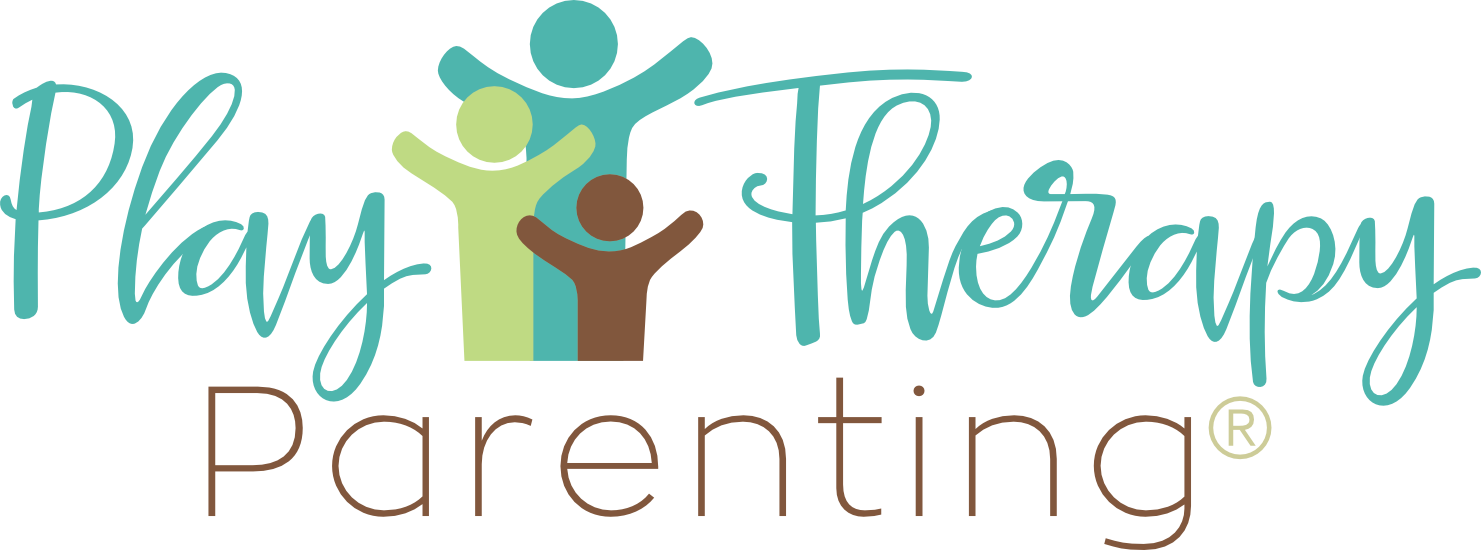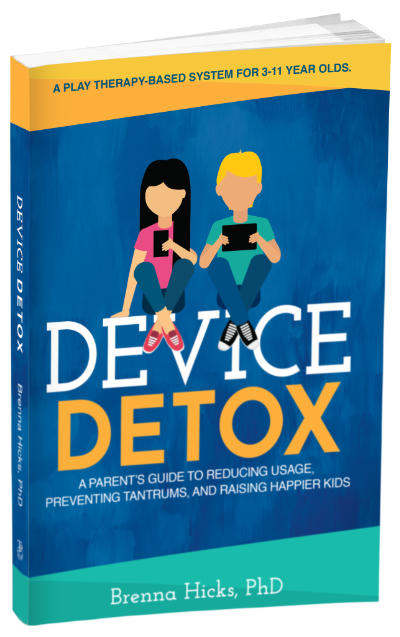S3E6 – Parent Companion for Play Therapy: The Four Phases of Child-Centered Play Therapy
I explain each stage — initiation, resistance, work, and termination — and describe what happens in each. Parents often wonder how play therapy unfolds and why behaviors may shift along the way. This episode will help you recognize that change takes time, that resistance is a natural part of healing, and that every phase has a purpose in helping your child grow into a happier, healthier version of themselves.
Ask Me Questions: Call (813) 812-5525, or email: [email protected]
My Book: Device Detox: A Parent’s Guide To Reducing Usage, Preventing Tantrums, And Raising Happier Kids – https://a.co/d/bThnKH9
Podcast HQ: https://www.playtherapyparenting.com/
My Newsletter Signup: https://www.playtherapyparenting.com/newsletter/
My Podcast Partner, Gabb Wireless: https://www.playtherapyparenting.com/gabb/
The Four Phases of Child-Centered Play Therapy
In this Parent Companion for Play Therapy post, we’re looking at the phases of the child-centered play therapy process. Understanding these phases helps parents know what to expect and how their child’s journey unfolds over time.
It’s easy to look at play therapy and think, “They’re just playing — how does this work?” But the CCPT process is actually structured, intentional, and follows a clear framework. There are four distinct phases: Initiation, Resistance, Work, and Termination.
Phase 1: The Initiation Phase
During this period, your child and the therapist are getting to know each other. The focus is on building trust, safety, and connection.
On average, this phase lasts around five sessions. Your child is learning what the playroom is like, who the therapist is, and whether they feel comfortable opening up. Sometimes we call this the “honeymoon phase,” because children are often on their best behavior at first — they want the therapist to like them.
But this early phase is crucial. Children are learning that the playroom is a safe space and that the therapist is someone who genuinely understands and accepts them. Every part of play therapy flows from this relationship, so we take the time needed to build it well.
Phase 2: The Resistance Phase
This is the phase that parents like the least — and the one therapists prepare parents for the most.
Resistance is a normal and necessary part of every person’s therapeutic process. For adults, it might look like canceling sessions or avoiding difficult topics. For children, it looks different — and often more intense. You might notice an increase in tantrums, defiance, aggression, or emotional outbursts.
This is not regression. It’s progress in disguise. Resistance means your child is beginning to bump into the uncomfortable parts of their emotions and experiences. They may not have words for what’s happening, so they act it out.
The good news? Resistance doesn’t last long — usually a week or two. And once your child works through it, they’re ready for the next stage: the work phase, where real growth begins.
Phase 3: The Work Phase
The work phase is where your child spends the majority of their time in therapy.
This is when issues begin to surface through play. You’ll see your child using toys symbolically, repeating certain play themes, or expressing emotions in new ways. This is how they process their world and practice new skills.
The change that happens during this phase is gradual. You won’t wake up one morning with a completely different child — but you’ll begin to notice shifts. Mornings might feel calmer. Tantrums might happen less often. Over time, you’ll see steady, meaningful progress.
It takes time to unlearn patterns and build new ones. Problems don’t develop overnight, and they don’t resolve overnight either. But as your child continues to work through their emotions in play, they move closer to becoming a more confident, regulated version of themselves.
Phase 4: The Termination Phase
Once you and your therapist agree, and your child demonstrates that it’s time to wrap up, you enter the termination phase. This phase is just as important as the others.
Ending therapy isn’t simply stopping sessions. It’s a guided process that helps your child process closure in a healthy way. Many children have never experienced a “healthy goodbye” — one that feels complete, respectful, and positive.
During termination, your child prepares to end therapy, celebrates their growth, and practices independence. They learn that they feel better not because of the therapist, but because of the work they’ve done. This understanding empowers them and reinforces their progress long after therapy ends.
Why the Phases Matter
Each phase has a purpose. Together, they create a framework that supports emotional growth, confidence, and long-term change.
- Initiation builds trust.
- Resistance prepares for growth.
- Work creates transformation.
- Termination provides healthy closure.
When parents understand the phases, they can stay confident in the process — even when things get tough. The goal of CCPT is always the same: to help your child become a happier, healthier, more well-adjusted version of themselves.
Final Thoughts
The phases of child-centered play therapy form a clear path toward healing and growth. Every stage serves a function, every step has meaning, and every week brings your child closer to becoming the best version of who they’re meant to be.
If your child is already in therapy, I hope this helps you make sense of what’s happening and why. And if you haven’t started yet, I encourage you to find a child-centered play therapist in your area. It’s one of the most meaningful investments you can make in your child’s future.

